The 2021 Innovations in Review of clinical and scientific advances in orthopedics highlights NewYork-Presbyterian Hospital’s renowned expertise in complex and challenging musculoskeletal diseases and disorders. Columbia’s orthopedic specialists are nationally recognized for their nonoperative and operative approaches to treating sports injuries, spine disorders, degenerative joint diseases, bone and soft tissue cancer, and orthopedic trauma. The Hospital’s orthopedic surgery program is supported by a vibrant basic and clinical research enterprise that is advancing the field in unprecedented ways.
Defining the Molecular Origin of Back Pain
Applying Machine Learning to Decision-Making for Outpatient Arthroplasty
Robotic Spine Surgery: Weighing the Benefits
Augmenting Repair Where the Tendon Meets the Bone
Managing Osteoporosis in the Setting of Spinal Reconstruction
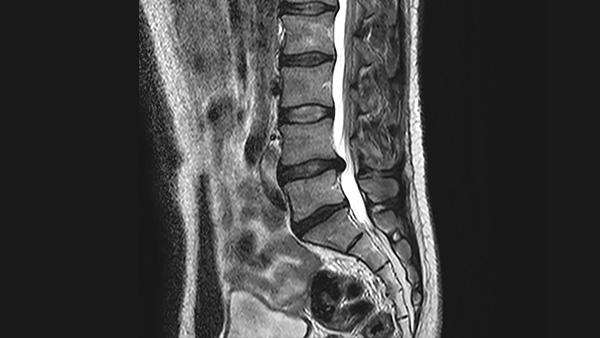
Defining the Molecular Origin of Back Pain
Orthopedic and biomedical engineering faculty at Columbia demonstrate, for the first time, that severity of disc herniation is associated with changes in circulating levels of inflammatory cytokines. They also identified three novel molecular mediators of increasing severity in patients with chronic back pain with the potential to guide the development of individually tailored treatment approaches. To better understand the influence of inflammation on intervertebral disc cell mechanics, the research team undertook a study of the relationship between serum cytokine profiles and structural indicators of spine disease with a goal to identify biochemical markers that could determine the molecular origin of pain. Their findings, published in the October 2020 issue of Osteoarthritis and Cartilage, provide evidence that cytokine levels are elevated in the serum of patients with disc herniation and that the patient-specific covariates of age, BMI, and gender are significant contributors to some cytokines.
Severity of disc herniation is associated with changes in circulating levels of inflammatory cytokines.
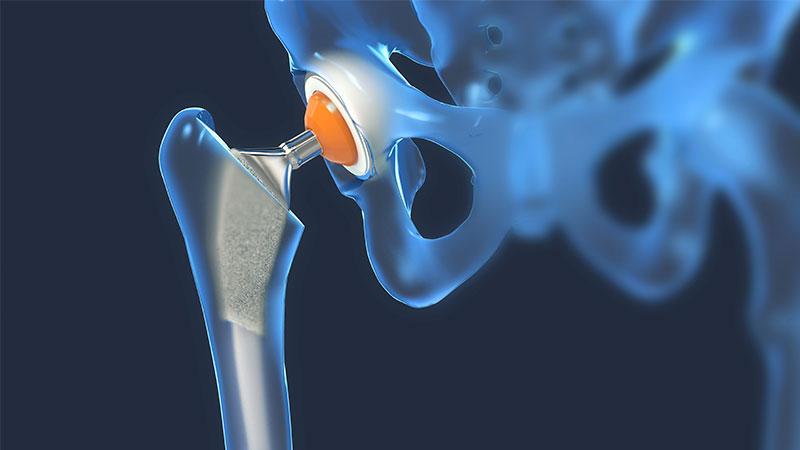
Applying Machine Learning to Decision-Making for Outpatient Arthroplasty
Performing total joint arthroplasty as an outpatient procedure continues to emerge as an accepted option, the result of advances in the field such as minimally invasive techniques, early mobilization, improved anesthesia protocols, and multimodal pain control strategies. However, selecting those patients who are best suited for outpatient surgeries relies on several factors, including medical comorbidities and demographic factors as well as a reliable support structure at home. To facilitate this decision-making process, Columbia orthopedic surgeons developed machine learning models to aid in patient selection based on two primary criteria: the potential for a short length of stay and same-day discharge. Their study involved an analysis of 284,731 total knee arthoplasty elective cases and 153,053 total hip arthroplasty elected cases during 2010-2018 compiled from the American College of Surgeons National Surgical Quality Improvement Program. The team’s undertaking, reported in the February 2022 issue of Arthroplasty Today, resulted in the creation of machine learning models that can accurately predict if a patient’s length of stay will be less than two days and their suitability for same-day discharge.
Columbia orthopedic surgeons define parameters for performing joint replacement surgery as an outpatient procedure.
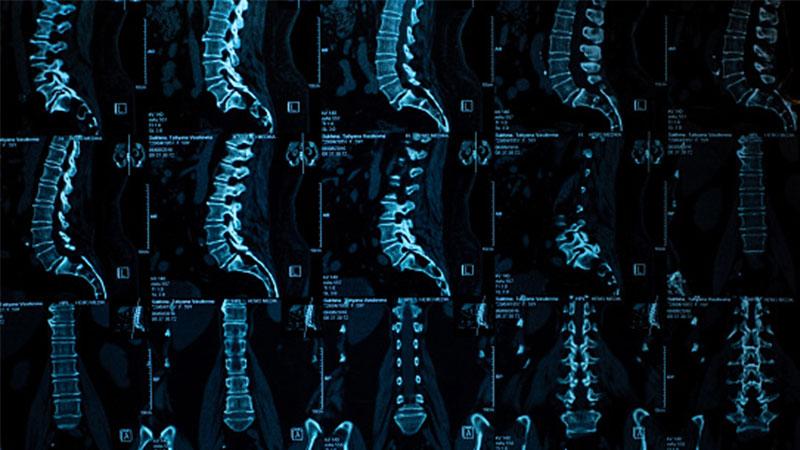
Robotic Spine Surgery: Weighing the Benefits
Seeking to expand the evidence about the use of robotics in spinal surgery, Columbia orthopedic spine surgeons have published a number of studies evaluating benefits and potential drawbacks. In a comprehensive review initially published online in the September 6, 2021 issue of Spine Deformity, the researchers evaluated the accuracy and benefit of computerized navigation and robotics for spinal deformity surgery, focusing on their impact on clinical outcomes. Their findings suggest that computer-based navigation and robotic-assisted guidance systems for pedicle cannulation provide equivalent, and in some reports, superior results, to freehand techniques in terms of radiographic accuracy. Findings of a second study, published in the September 2021 issue of The Spine Journal, which examined trends in outcomes and complications in adult patients undergoing robot-assisted surgery, suggest that robot screw accuracy, operative efficiency, reliability, and radiation exposure have improved significantly between 2015 and 2019, likely in parallel with increased surgical expertise with robots and advances in robotic technology. A third study led by Columbia faculty is the first and largest multicenter study to compare percutaneous and open approaches with robot-assisted platforms. Results are published in the January 2022 issue of Spine.
Columbia orthopedic spine surgeons provide in-depth analysis of the role of robotics in spine surgery.
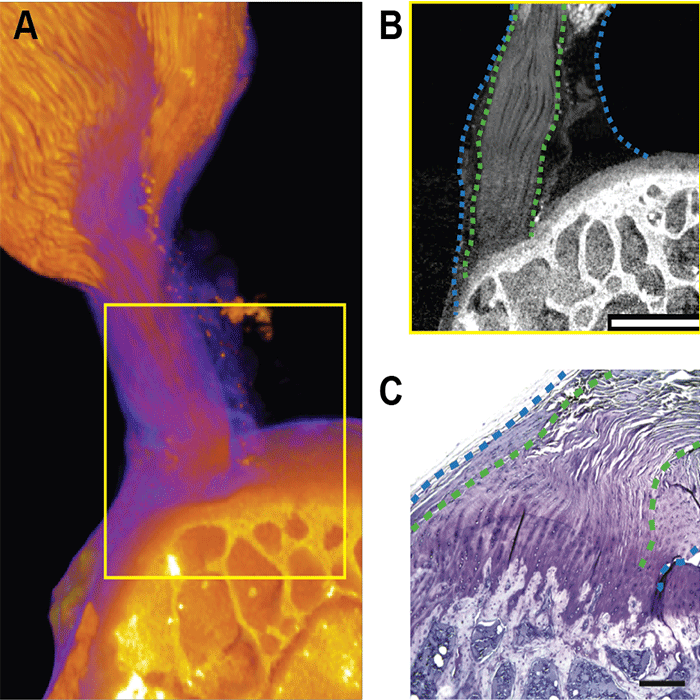
Augmenting Repair Where the Tendon Meets the Bone
In Columbia’s Carroll Laboratories for Orthopedic Surgery, scientists continue to investigate one of the greatest challenges in orthopedic medicine: tendon-to-bone healing. With major funding from NIH grants, research teams are pursuing mechanical and biologic solutions to solve the nagging difficulties of re-attaching tendon to bone. The difficulty lies in trying to achieve a resilient connection between two very different materials. Their current work encompasses:
Architectural Perspective: A comprehensive study using mouse models, simulations, and a novel microcomputer tomography technique to characterize architectural and compositional toughening mechanisms
Enthesis Toughness: Investigations focus on how enthesis toughness arises across tendons with diverse loading orientations and how the tendon enthesis manages its multiple functions within different joints
Hedgehog Signaling: An in-depth review presents the potential role of hedgehog signaling in regulating the development and mineralization of tendon enthesis and the development of potential therapies to target this pathway
HgCl2-stained contrast-enhanced high-resolution microCT imaging reveals that hidden within the well-known larger apparent attachment footprint area is a smaller, much denser primary insertion site where tendon fibers insert directly into the bone.
(A) Three-dimensional volume rendering of representative intact enthesis
(B) Magnified cross-sectional view of yellow box in (A); within blue dotted lines outline apparent enthesis and within green dotted lines outline dense primary insertion
(C) Post-failure imaging showing avulsed bony fragment at primary insertion site, outlined with a red dotted line
(Courtesy of Dr. Stavros Thomopoulos)
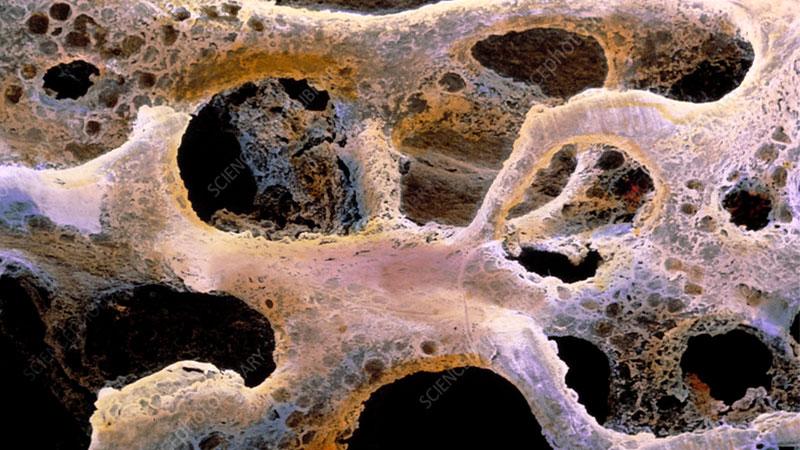
Managing Osteoporosis in the Setting of Spinal Reconstruction
While it is clear that patients with fragile bones are at greater risk for complications and worse outcomes following spinal reconstruction, standards for screening and for managing osteoporosis and osteopenia prior to spinal reconstruction surgery have been non-existent. To address this major gap in care, a multidisciplinary panel of 18 experts from across the country led by orthopedic spine surgeons at NewYork-Presbyterian Och Spine undertook a consensus study to establish best practice guidelines to identify and treat patients with poor bone health prior to elective spinal reconstruction. Using the Delphi method, the panel developed a final set of assessment and treatment guidelines with over 70 percent consensus on patient criteria for recommending a formal bone health evaluation, optimizing perioperative care, selecting diagnostic modalities, and addressing causes and risk factors. They also included agreement on optimal methods for improving bone quality, including anabolic bone building agents.
Columbia orthopedic faculty are developing standards for screening and managing osteoporosis and osteopenia prior to spinal reconstruction surgery.



